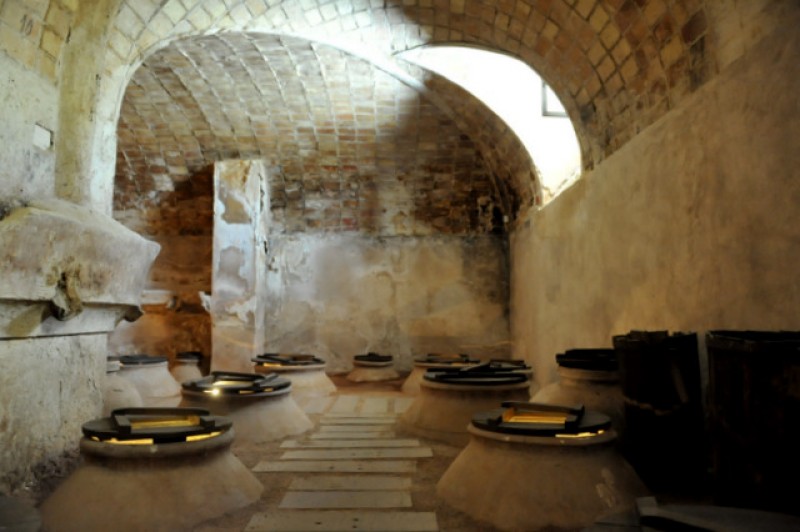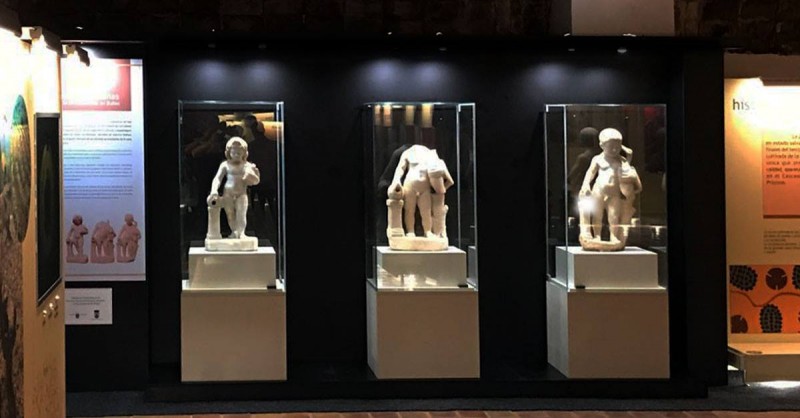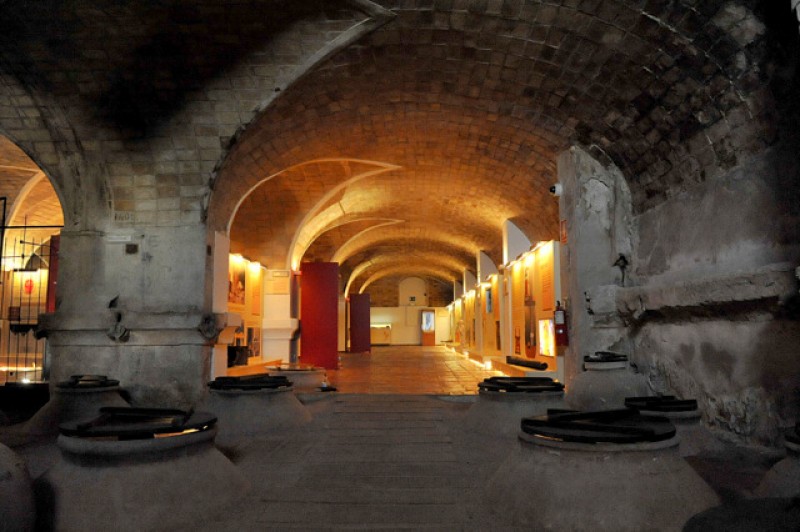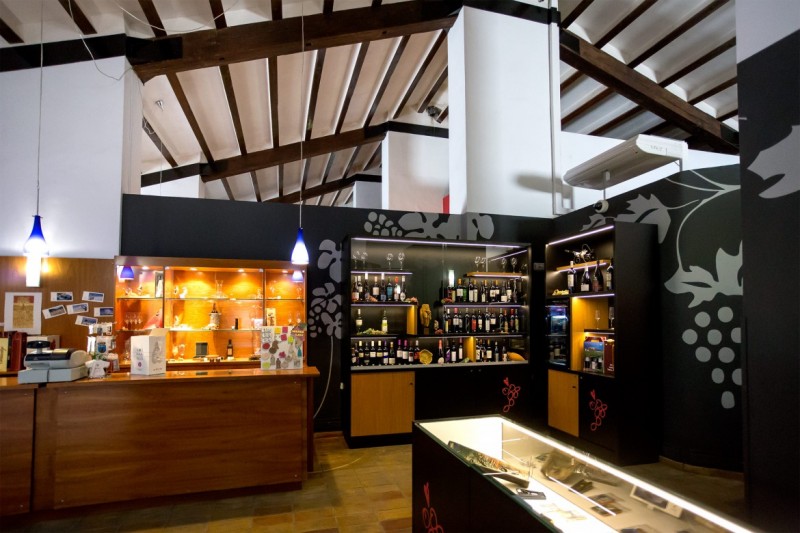- Region
- Águilas
- Alhama de Murcia
- Jumilla
- Lorca
- Los Alcázares
- Mazarrón
- San Javier
-
ALL AREAS & TOWNS
- AREAS
- SOUTH WEST
- MAR MENOR
- MURCIA CITY & CENTRAL
- NORTH & NORTH WEST
- TOWNS
- Abanilla
- Abarán
- Aguilas
- Alamillo
- Alcantarilla
- Aledo
- Alhama de Murcia
- Archena
- Balsicas
- Blanca
- Bolnuevo
- Bullas
- Cañadas del Romero
- Cabo de Palos
- Calasparra
- Camping Bolnuevo
- Campo De Ricote
- Camposol
- Canada De La Lena
- Caravaca de la Cruz
- Cartagena
- Cehegin
- Ceuti
- Cieza
- Condado de Alhama
- Corvera
- Costa Cálida
- Cuevas De Almanzora
- Cuevas de Reyllo
- El Carmoli
- El Mojon
- El Molino (Puerto Lumbreras)
- El Pareton / Cantareros
- El Raso
- El Valle Golf Resort
- Fortuna
- Fuente Alamo
- Hacienda del Alamo Golf Resort
- Hacienda Riquelme Golf Resort
- Isla Plana
- Islas Menores & Mar de Cristal
- Jumilla
- La Azohia
- La Charca
- La Manga Club
- La Manga del Mar Menor
- La Pinilla
- La Puebla
- La Torre
- La Torre Golf Resort
- La Unión
- Las Palas
- Las Ramblas
- Las Ramblas Golf
- Las Torres de Cotillas
- Leiva
- Librilla
- Lo Pagan
- Lo Santiago
- Lorca
- Lorquí
- Los Alcázares
- Los Balcones
- Los Belones
- Los Canovas
- Los Nietos
- Los Perez (Tallante)
- Los Urrutias
- Los Ventorrillos
- Mar De Cristal
- Mar Menor
- Mar Menor Golf Resort
- Mazarrón
- Mazarrón Country Club
- Molina de Segura
- Moratalla
- Mula
- Murcia City
- Murcia Property
- Pareton
- Peraleja Golf Resort
- Perin
- Pilar de la Horadada
- Pinar de Campoverde
- Pinoso
- Playa Honda
- Playa Honda / Playa Paraíso
- Pliego
- Portmán
- Pozo Estrecho
- Puerto de Mazarrón
- Puerto Lumbreras
- Puntas De Calnegre
- Region of Murcia
- Ricote
- Roda Golf Resort
- Roldan
- Roldan and Lo Ferro
- San Javier
- San Pedro del Pinatar
- Santiago de la Ribera
- Sierra Espuña
- Sucina
- Tallante
- Terrazas de la Torre Golf Resort
- Torre Pacheco
- Totana
- What's On Weekly Bulletin
- Yecla


- EDITIONS:
 Spanish News Today
Spanish News Today
 Alicante Today
Alicante Today
 Andalucia Today
Andalucia Today
Museo del Vino, the wine museum of Bullas
The history of Bullas is inextricably linked with wine production
Grapes and wine are an intrinsic part of the history, economy and entire way of life of the town of Bullas in the north-west of the Region of Murcia, to the extent where it is very difficult to talk about Bullas without mentioning wine and very difficult to talk about wine in Murcia without mentioning Bullas.
One of the fruits of this relationship between the town and its main product is what is without doubt one of the most interesting and well-presented museums in the Region of Murcia, the Museo del Vino in the north-east of the town.
The modern single-storey building in which the many exhibits are housed is a relatively unprepossessing structure from the outside, but it is built over the basement and cellar of one of the most important former wineries in Bullas, which once contained 110 tinajas, or ceramic wine storage urns and produced 350,000 litres of wine annually during the 19th century. Owned and formerly run by one of the richest and most powerful families in the area; los Melgares de Aguilas, it now provides an impressive backdrop for the museum.
The same building also houses the Bullas tourist information office.

A tour of the Museo del Vino
Visitors arriving at the Museo del Vino in Bullas first see a general exhibition regarding the geography of the Region of Murcia and the location of the municipality within it – useful for those who have made the trip up from the coast for the day – before the visit begins.
The first stage of this tour is initially rather disconcerting, as visitors are ushered into a cool, silent room and the door closes behind them to leave them in total darkness. However, after a few seconds a large screen video presentation begins, tracing the history of Bullas and its wine-making from Roman times and even before, and this is accompanied by the sporadic illumination of various exhibits on the walls of the room. There are even items on display underneath the glass floor, including a Roman mosaic, and the 8-minute screening is enough to provide an idea of how Bullas and wine are inextricably inter-related.
On leaving the video room, visitors then see a succession of themed areas providing information regarding the different grape-growing areas of Bullas, the eight varieties of grape cultivated (among which Monastrell is the most widely used), the agricultural process of vine-growing or viticulture, the processes of wine production or viniculture (both traditional and modern), wine tasting and an exhibition of the most widely known labels associated with the Denomination of Origin of Bullas.

Throughout the tour, which typically lasts between 30 and 60 minutes, there are a large number of curiosities on display as well as the more technical information about wine production. One of these is a replica of the “Niño de las Uvas”, an 80-centimetre-high sculpture which was discovered at the Roman villa of Los Cantos in the municipality of Bullas. The sculpture depicts a young boy holding a bunch of grapes, and shows the importance of Bullas as a grape-growing area during the Roman occupation of Hispania 2,000 years ago.
Unfortunately the original sculpture has disappeared, but the three sculptures which were found alongside El Niño have now been recovered by the forces of law and order and were put on display in the museum during 2017.

Similarly, a fragment of ornamental masonry from one of the old aristocratic houses in Bullas is shown, again featuring grape-themed decoration, and the depth of the historic tradition of wine-making in the town is reinforced by bottles dating from as far back as 1845. The oldest bottle to still contain liquid is one from the year 1871, although the wine now has a distinctly musty look to it!
Possibly the highlight of the tour, though, is the chance to view the old “tinazas” or earthenware containers in which wine was stored in the cellar. The tinazas were sunk to a depth of between three and five metres into the ground in order to keep them cool and allow them to transpire, and although some of the niches are empty others contain items of interest related to traditional wine-making.
All around the cellar are reminders of the need to use gravity in wineries before the advent of technology: there are gutter-like channels on the wall down which the “mosto” (unfermented grape juice) was channeled into the tinazas from the treadmills above.
At the end of the tour it is possible to buy the bottled wines produced in the area at “bodega” prices: the museum does not include any mark-up, these are the prices which are paid by those buying direct from the wineries themselves.
Other products which are typical of the Region of Murcia are also on sale here, including salt from San Pedro del Pinatar, honey, cheeses and cured meat.

Opening Times and Reservations
The Museo del Vino is open from Tuesday to Saturday between 10.30am and 2pm and then between 5pm and 8pm, and on Sunday and bank holiday mornings between 10.30am and 2pm. During the off-season, from November to March, the afternoon hours are slightly shorter: 4pm to 7pm. Members of the public are also welcome during the morning on any Monday which coincides with a public holiday, although the musuem is generally closed on a Monday.
The museum closes on January 1 and 6, and on December 24, 25 and 31.
No visitors are admitted after half an hour before closing time.
Entry, including guided tours, costs 2€ per head for group visits, and 3€ for individual visitors and is well worth while, providing an invauable insight into not only the wine-making history of the area, but also the processes involved.
English language visitors
Much of the museum visit can be enjoyed by English speakers with little or no idea of the Spanish language. The introductory 8-minute video is available in Spanish, English, French and German, and throughout the tour there are information panels in English: these are less detailed than their Spanish counterparts, but are still sufficient to understand the most important information regarding the exhibits.
Audio guides are also available in Spanish, English, French and German.
For those wishing to make the most of their visit, though, English-speaking guides can be provided if required. This is thoroughly recommended, and the only proviso is that their services have to be reserved beforehand since the guides do not work at the museum on a full-time basis: please telephone the museum on 968 657 211 or by email at museo@rvbullas.es, advising of the time of your visit and the group size (no minimum is needed, the guide will be made available even for just two people, and this service is available at no extra price).
It is also a very practical start to any wine route, a visit to the musuem before a visit to a bodega is helpful in understanding the area, its wines, its vines and importance as a wine producing area.
The museum is the best start point for those wishing to book a visit of either this museum or the Casa- Museo Don Pepe Marsilla or bodegas or both.

Location and directions
Those approaching Bullas can easily reach the Museo del Vino from the exits at kilometre 40 and kilometre 41 on the RM-15 motorway, following the signs towards the town centre on the Avenida de Murcia and Carretera de La Copa which merge just before reaching the museum. The Museo is on the right-hand side of the road while approaching the town centre, and parking is easy and straightforward either on the main road or on the side streets.
Contact details:
Telephone: 34 968 657 211
museodelvino@bullas.es
Address:
Museo del Vino.
Avenida de Murcia, 75.
30180-Bullas.
Region of Murcia
Click for more information about the Bullas municipality including the wine routes
Cartagena
El Carmoli
Islas Menores and Mar de Cristal
La Manga Club
La Manga del Mar Menor
La Puebla
La Torre Golf Resort
La Union
Los Alcazares
Los Belones
Los Nietos
Los Urrutias
Mar Menor Golf Resort
Pilar de la Horadada
Playa Honda / Playa Paraiso
Portman
Roldan and Lo Ferro
San Javier
San Pedro del Pinatar
Santa Rosalia Lake and Life resort
Terrazas de la Torre Golf Resort
Torre Pacheco
Aledo
Alhama de Murcia
Bolnuevo
Camposol
Condado de Alhama
Fuente Alamo
Hacienda del Alamo Golf Resort
Lorca
Mazarron
Puerto de Mazarron
Puerto Lumbreras
Sierra Espuna
Totana
Abaran
Alcantarilla
Archena
Blanca
Corvera
El Valle Golf Resort
Hacienda Riquelme Golf Resort
Lorqui
Molina de Segura
Mosa Trajectum
Murcia City
Peraleja Golf Resort
Ricote
Sucina
Condado de Alhama
El Valle Golf Resort
Hacienda del Alamo Golf Resort
Hacienda Riquelme Golf Resort
Islas Menores and Mar de Cristal
La Manga Club
La Torre Golf Resort
Mar Menor Golf Resort
Mazarron Country Club
Mosa Trajectum
Peraleja Golf Resort
Santa Rosalia Lake and Life resort
Terrazas de la Torre Golf Resort
La Zenia
Lomas de Cabo Roig

CAMPOSOL TODAY Whats OnCartagena SpainCoronavirusCorvera Airport MurciaMurcia Gota Fria 2019Murcia property news generic threadWeekly Bulletin



































